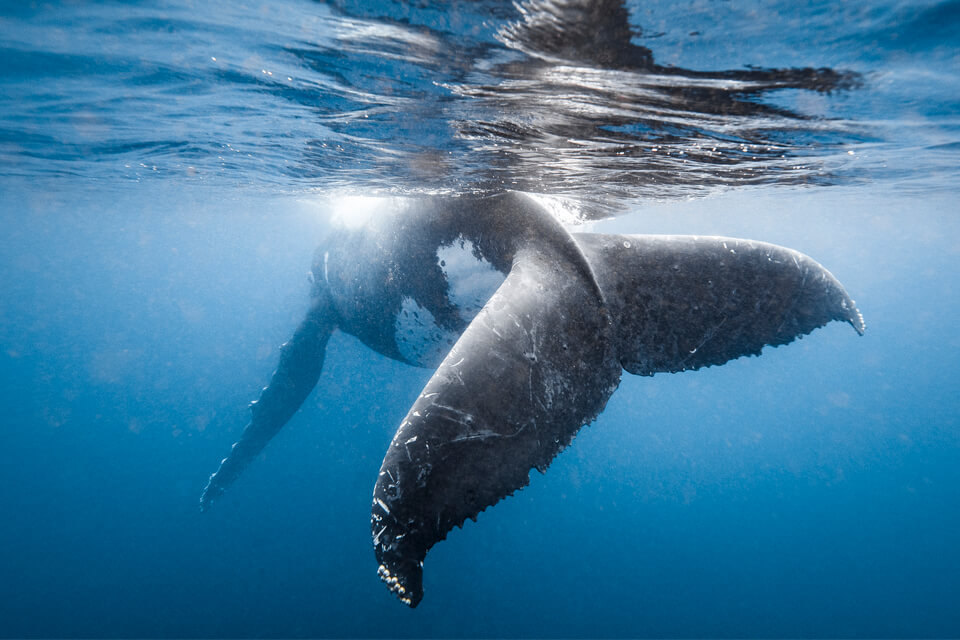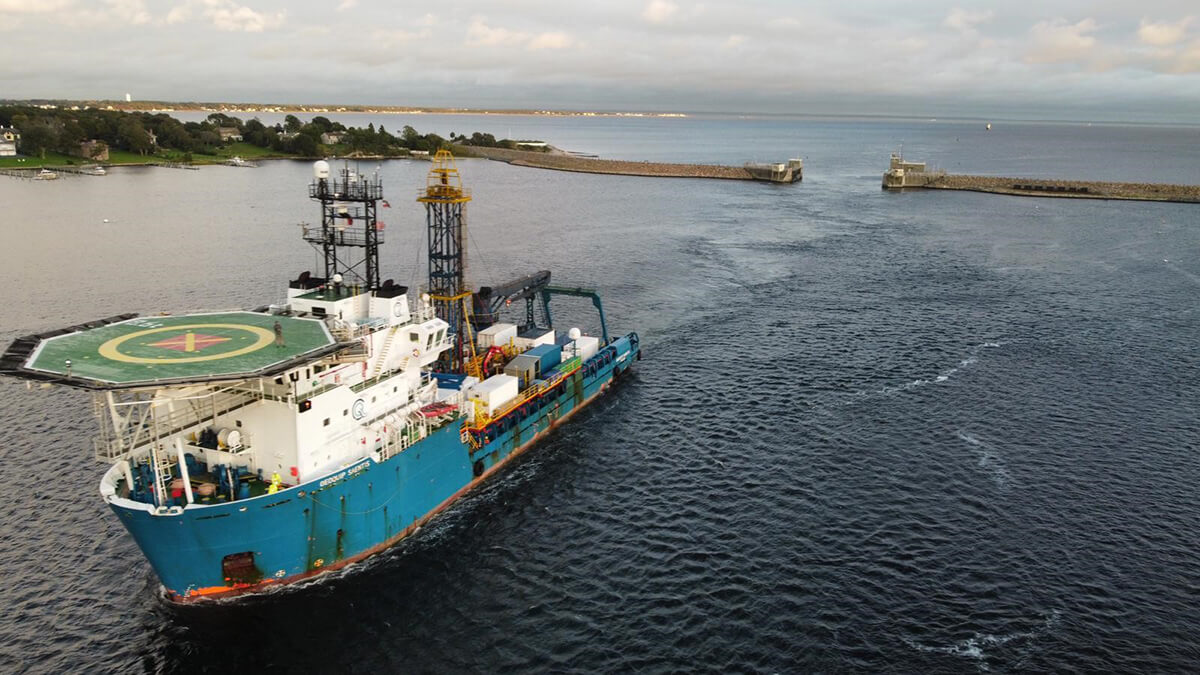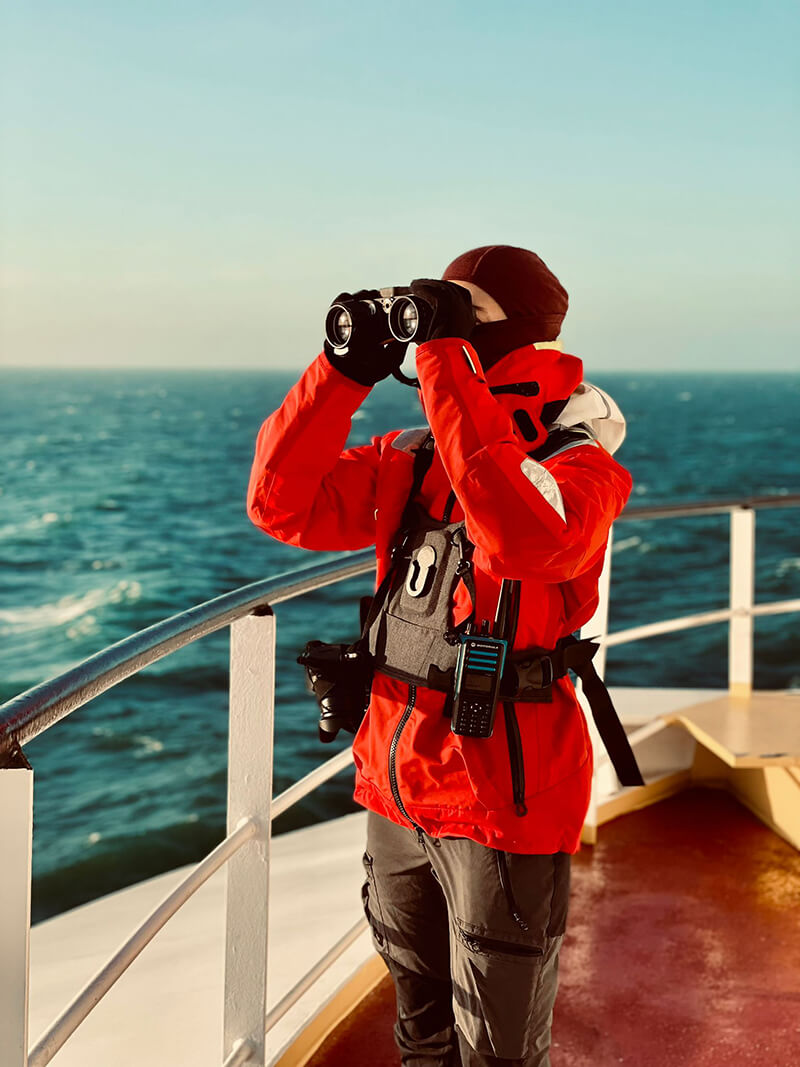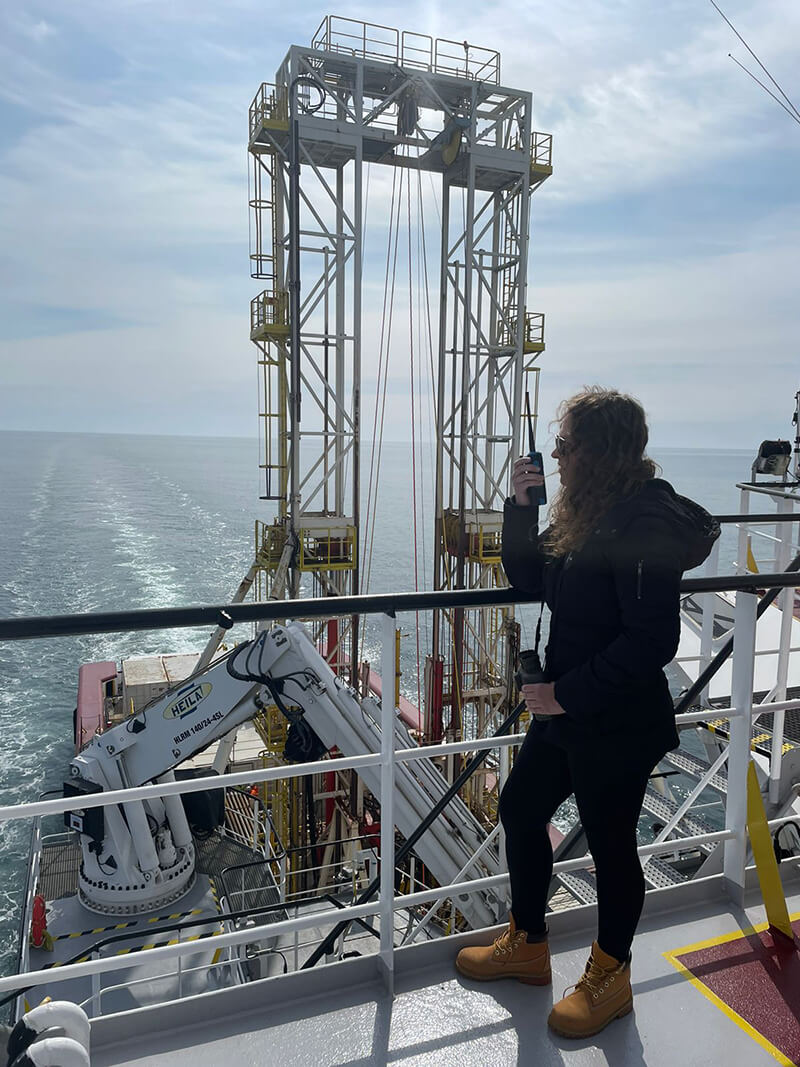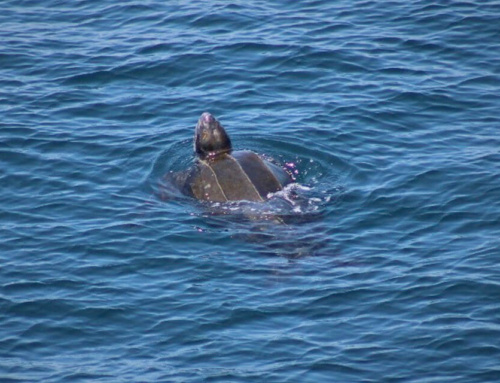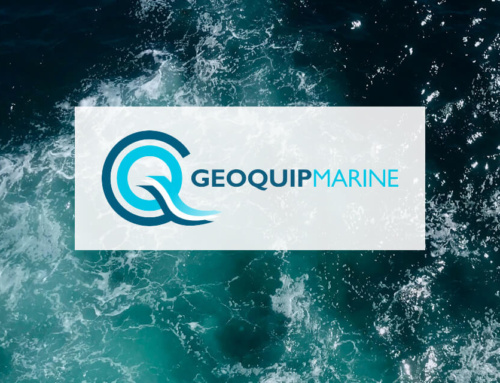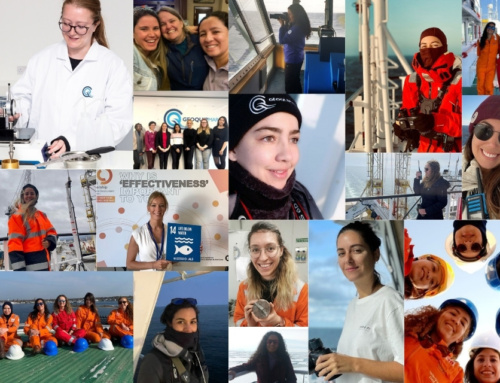Author : Claire Gold
Environmental Project Manager
It is no secret that we depend on the ocean’s resources for sustenance, livelihood, leisure and recreation. Working for a company that operates a fleet of vessels in waters around the world, we understand first-hand how important it is to respect and proactively protect the biodiversity that lives beneath the surface.
As Environmental Project Manager for Geoquip Marine, it is my responsibility to ensure that we integrate sustainable practices derived from the ambitious Sustainable Development Goals (SDGs) into our daily operations. Of all these sustainability objectives, SDG 14 is one that has always stood out for me.
SDG 14: Life Below Water
“Conserve and sustainably use the oceans, seas and marine resources for sustainable development”
One of the most under-represented, yet incredibly important goals is the protection of the world’s oceans and the marine biodiversity that lives in them. Over ¾ (40%) of the human population live in coastal regions and these communities often depend on the natural resources found in these environments.
Achieving the harmony between humanity and nature is one of the key conservation initiatives I feel most strongly about. From implementing nature-based solutions from a local perspective (such as collaborating with coastal communities in Mozambique), to contributing to the development of new policies on an international scale (working for the United Nations in New York), the conservation of the marine environment is a passion that has had a profound impact on my career.
What I value most about working for a private sector company like Geoquip Marine is the fact we take business operations seriously and implement measures to protect the environment wherever possible. I am particularly proud to be working for an organisation that contributes to the development of renewable energy sources such as offshore windfarms.
I feel incredibly fortunate to be working with so many like-minded and equally enthusiastic people; individuals who work often long hours in challenging offshore conditions to ensure our usual business operations do not negatively impact protected species or the marine environment itself.
Our Protected Species Observers (PSOs) are one such example, and it is their vitally important work that is helping realise our conservation goals. Here is an example of the data collected by our PSOs across three of our integrated geotechnical site vessels (IGSVs) for the conservation of whale species:
Data collected by PSOs onboard Geoquip Seehorn, Geoquip Saentis and Dina Polaris
| Description of whale species detections | Visual only detections | Total estimated number of individuals |
|---|---|---|
| Megaptera novaeangliae (Humpback whale) | 31 | 42 |
| Eubaleana glacialis (North Atlantic right whale) | 7 | 9 |
| CBalaenoptera borealis (Sei whale) | 1 | 1 |
| Balaenoptera acutorostrata (Minke Whale) | 4 | 4 |
| Unidentified whale | 43 | 51 |
As you can see from the data above, we encounter multiples species while our vessels are in operation around the world. We record all protected marine species we encounter, and that data helps us mitigate the impact our operations have on the marine environment. Recorded detections include sea turtles, marine mammals, manta rays and even sharks.
Our commitment to sustainability forms a key part of our wider ESG strategy, and in our newly published Annual Sustainability Report 2021 we go into more detail on the initiatives we have established to effectively protect marine biodiversity. It was a fantastic opportunity to review our sustainable practices and see how we as a company can be more efficient and environmentally responsible in our day-to-day activities.
Read more : Geoquip Marine publishes its inaugural Annual Sustainability Report
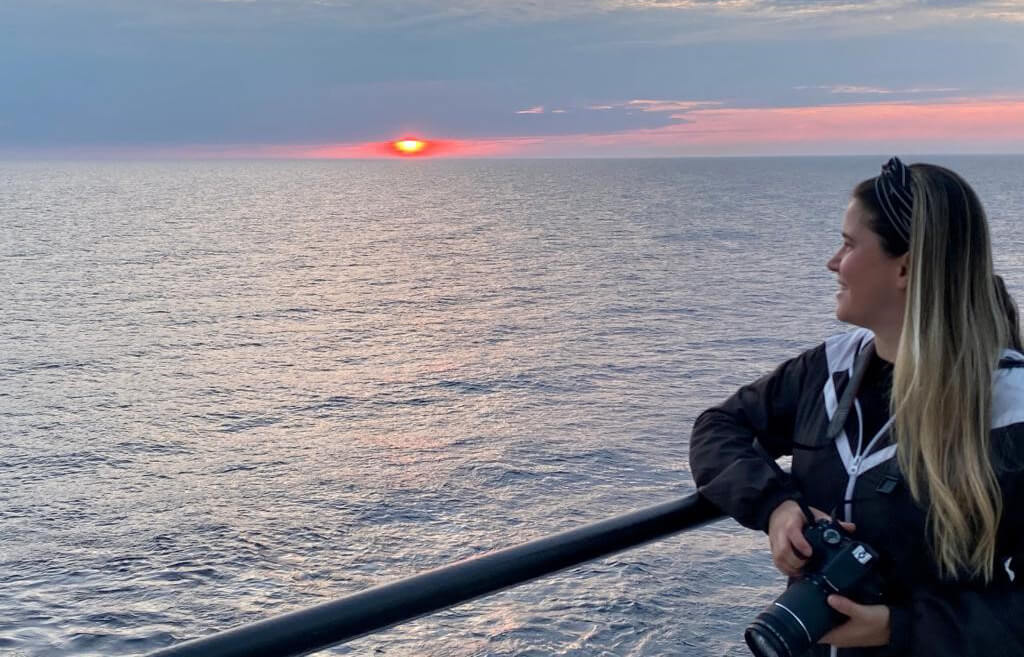
Suzana – Protected Species Observer


